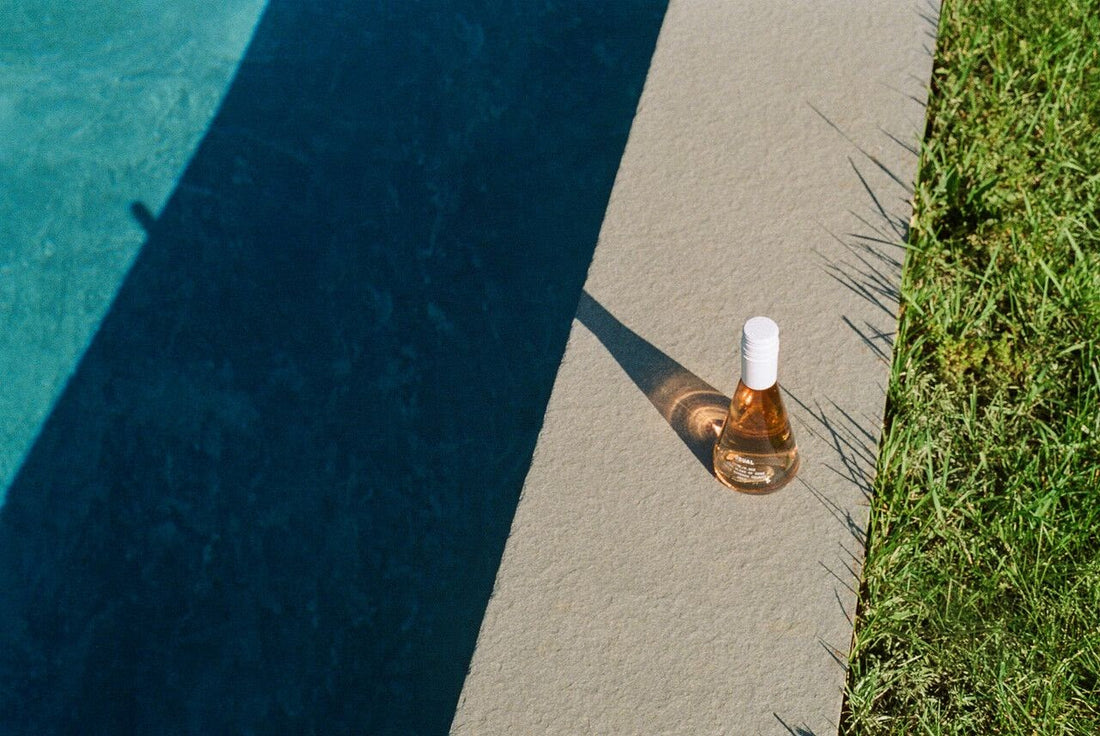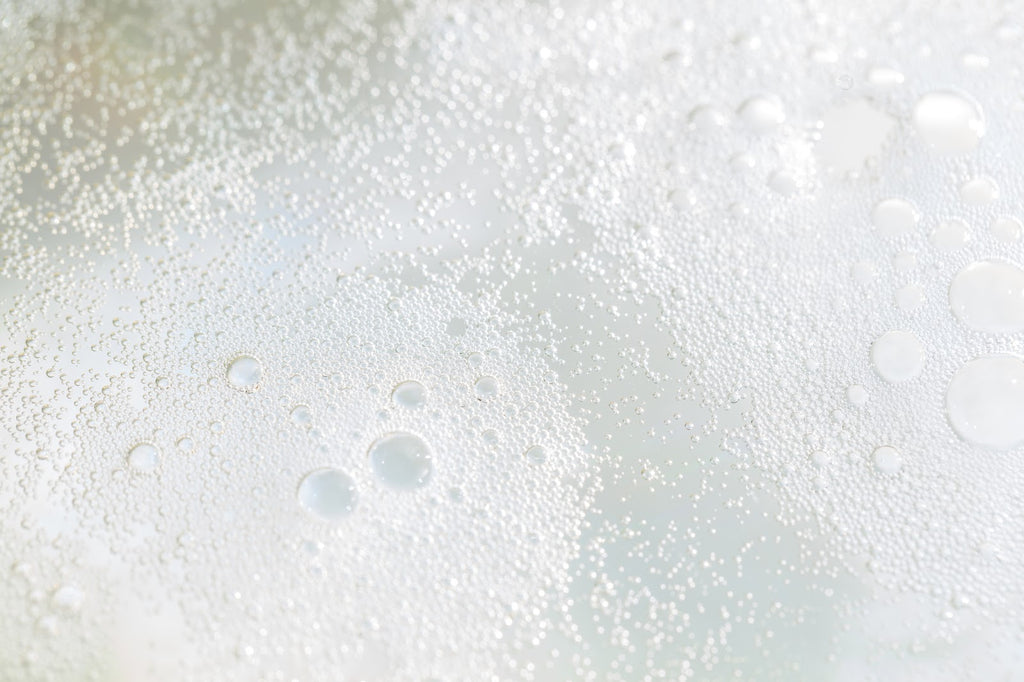
Sugar Free Wine: Uncovering the Facts About Zero Sugar Wines
McKenzie HaganCould sugar-free wine be the answer to lowering your sugar intake?
Whether you’re trying to limit your sugar consumption for health or medical reasons, you’re probably wondering if you can drink wine and keep your insulin levels down.
In short, yes, you can.
America’s sugar intake has never been higher — the average person consumes 17 teaspoons a day. As a result, sugar-related illnesses, such as heart disease and diabetes, are on the rise with no signs of slowing down.
While it’s a good idea to avoid processed foods, eat a balanced diet, and enjoy alcohol in moderation, you don’t have to give up wine to keep your sugar levels low.
Join us as we explore the world of low-sugar wine, including how to find it, what its benefits are, and why it’s best to avoid unnaturally sugary wines.
Does Sugar-Free Wine Exist?

First things first: Sugar-free wine is a bit of a misnomer since all alcohol is derived from sugar. Sugar is an essential ingredient in the creation of alcohol. During the fermentation process of wine, beer, and spirits, naturally occurring sugars are converted into carbon dioxide and ethyl alcohol. Without sugar, there is no wine.
When brewing beer, the sugar comes from cereal grain. When making rum, sugar cane is fermented and distilled. The sugar in wine, of course, comes from grapes. However, the level of sugar ranges widely depending on the type of wine.
Naturally Occurring Sugars in Wine

Many factors affect a wine’s sugar level. For instance, when the grapes are harvested can significantly increase the sugar levels of wine. The riper the grape, the higher the sugar content. Grapes harvested later in the season will be riper and raisinated, resulting in grapes with concentrated sweetness.
While any grape can be left on the vine in this manner, Chenin Blanc, Sémillon, and Riesling are among the most popular late-harvest grapes.
Another way wines are naturally sweetened is by the presence of noble rot. While it may sound horrible, this vegetation eating spore is a welcome guest for many winemakers, as it adds unique flavors. Noble rot is found in many up-market sweet wines, such as Sauternes.
A wine’s sweetness depends on its level of residual sugar. Residual sugar is left in the wine once the fermentation process is over and the alcohol has been created. It can be left over naturally when the yeast is done converting the glucose into alcohol. Winemakers can also stop the fermentation process early, resulting in wines that are naturally higher in sugars.
Wines that are naturally high in residual sugar include:
- Eiswein
- Tawny port
- Madeira
- Moscato
- Sweet riesling
- Lambrusco
Adding Sugar to Wine

Some winemakers add sugar to their wine before or during fermentation. This process is called chaptalization and it’s illegal in a number of regions.
Contrary to what you might think, chaptalization’s intended use is not to add extra sweetness to wine, but to increase the wine’s alcohol content. The process has long been a contentious issue with a violent and fascinating history. The practice even led to riots in France in the early 20th century.
While some colder climate producers are allowed to add extra sugar to wine, it is usually lower-quality winemakers who employ this practice.
At Usual Wines, we stick to traditional winemaking techniques. Our wines are made in small batches from sustainably-farmed grapes with zero chemical or sugar additives.
Why Choose a Low-Sugar Wine?

While the sugars found in your favorite glass of wine may be natural, there are many reasons to monitor your sugar intake.
Those who have diabetes, follow a keto or low- carb diet, or experience chronic hangovers may benefit from seeking out a bottle of wine with less sugar. While many wine aficionados point to studies that show wine in moderation can be good for your health, that's not an excuse to drink with abandon.
The 2015 Dietary Guidelines for Americans recommends limiting sugar intake to no more than 25 grams a day. An average glass of red wine contains about 0.9 grams of sugar, so if you’re going to have 1-2 glasses a day (i.e. moderate wine intake), choosing a low-sugar wine could be the way to go.
It’s also possible that high-sugar wines are making your hangovers worse. Because sugar and alcohol are both processed through the liver, studies have found that consuming alcoholic drinks with higher sugar content could cause worsened hangovers.
What to Look for When Buying Low-Sugar Wine

There are a few methods for seeking out low-sugar wines. Firstly, avoid low-quality wine producers. Cheap, mass-produced wine is likely to contain added sugar (as well as other additives and sulfites). For those looking for wines without sulfites or sugar, exploring wines from reputable producers who prioritize natural winemaking practices can help in discovering delightful options with minimal intervention and additives.
Secondly, opt for wines that have lower alcohol content. Because alcohol is made from sugar, look for wines that are on the lower side of the alcohol spectrum, around 10-12% alcohol is ideal.
While dry red wines, such as tempranillo, cabernet sauvignon, and sangiovese will be much lower in sugar than merlot and grenache, for a really-low sugar wine go for a dry white wine.
Dry white wines should be the go-to option when you’re watching your sugar intake. For comparison, let’s take a look at a dessert wine, such as moscato. This vino contains a tooth-achingly sweet 100-200 grams of sugar per liter. By contrast, a dry white wine like brut has a minuscule 1-2 grams of sugar per liter.
Is Brut Wine a Good Low-Sugar Option?

Brut is the French word for dry, so it’s no surprise that sparkling brut or extra brut are bubbly wines that feel dry on the palate.
While sweeter styles of sparkling wine add sugar after aging, brut is left as is.
Due to its high acidity, brut pairs easily with a variety of dishes. It cuts through rich, fatty foods like a knife. Try it with smoked salmon, artisanal cheeses, or sushi.
Cut the Sugar, Not the Taste

Just because you’re trying to lower your sugar intake, doesn’t mean you can’t enjoy a well-deserved glass of wine now and then. Instead of giving up the unrivaled pleasure of wine, discover wines that fit your lifestyle.
While all wine contains some amount of naturally occurring sugars, not all wine is created equal. Many low-quality winemakers add sugar during the fermentation process to increase the alcohol content.
To avoid unnecessarily sweetened wines, choose small, sustainably farmed winemakers who favor traditional winemaking techniques. You may also want to choose dry wines that are lower in alcohol, such as dry rosé and brut sparkling wine. (The refreshing version from Usual Wines has zero grams of sugar.) This way, you can have your wine and drink it, too.








